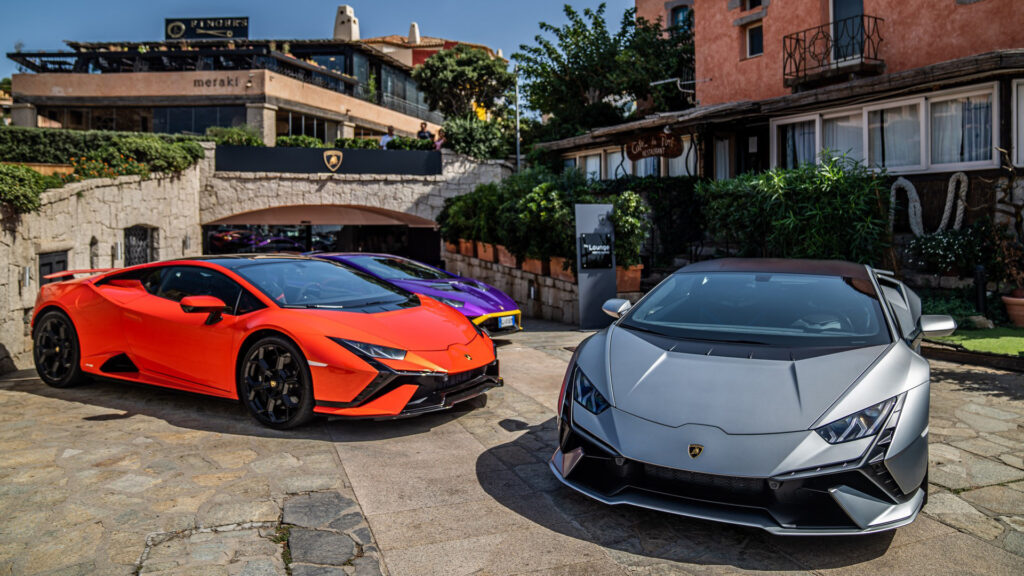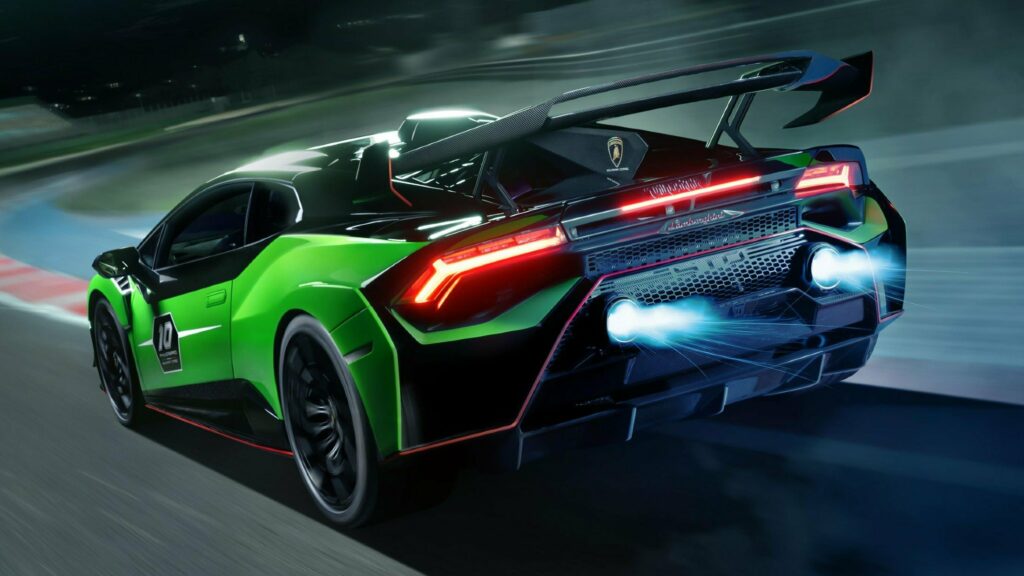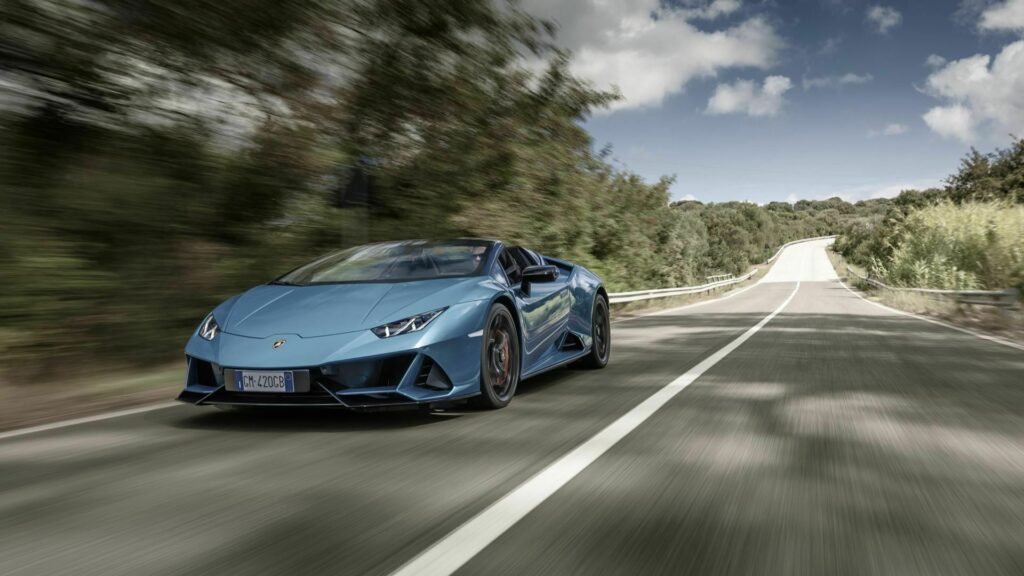On-track testing has shown that Lamborghini's system can cut a Nurburgring lap time by 5 seconds

Toe and camber settings have a dramatic impact on the way that a car handles and in an industry-first, Lamborghini is developing a system that can adjust the toe and camber of a vehicle on the fly.
The company is currently testing the technology with a special prototype of the Huracan, working independently on the rear wheels. The system, dubbed the Active Wheel Carrier, uses a unique hub assembly with two rotating flanges that allow the wheels to move between toe-in and toe-out, operated by a pair of 48-volt electric motors. It offers up to 6.6 degrees of toe adjustment in either direction and perhaps even more impressively, allows for up to 2.5 degrees of positive camber and 5.5 degrees of negative camber.
Read: 2025 Lamborghini Huracan Successor Wants To Be Just Like Big Brother
advertisement scroll to continue
Adjusting the toe and camber on a car generally requires a visit to an alignment shop. Lamborghini’s Active Wheel Carrier is reportedly so advanced that it can automatically adjust the toe and camber at the same time by up to 60 degrees per second.

Car and Driver recently had the opportunity to put the system through its paces at Italy’s Nardo proving ground. It describes the Active Wheel Carrier as “deeply impressive,” noting that it makes the Huracan feel “more grippy and reactive” when switched on. Additionally, it reports that the prototype gained more traction in slower corners, and over the 3.9-mile handling circuit, Car and Driver’s reporter was 4.8 seconds quicker with the system enabled than with it turned off. Quattroruote also tested the system and was told that it could slash a car’s lap time around the Nurburgring by 5 seconds with an experienced driver behind the wheel.
Speaking with Car and Driver, Lamborghini chief technical officer Rouven Mohr says getting the system to work with the stability control, torque management, and active aero systems is the next challenge and will necessitate a “hugely complex dynamic control system.” The Huracan prototype currently being tested does not have traction control or stability control.
Lamborghini has not officially said when and if the system will reach production but the publication asserts it could debut in the Huracan’s long-awaited successor as early as next year.



